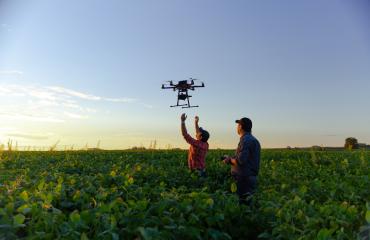Details on different project activities and outcomes are provided below:
Project outcomes report (see here): The project has provided valuable policy design outcomes. These were developed at the Gimuy-Yarrabah workshop in June 2024, where participants provided a number of recommendations for drone policy consideration.
Policy conversations summary report (see here): Three online conversations held in April 2024 provided the opportunity for discovery and for participants to together explore key themes around training and data.
Focal area prompts (see here): Designed to support participants in policy development activities, exploring the themes of Working Together, Cultural Responsiveness, Sovereignty and Technology, and Values.
With Respect: Considerations for forming successful partnerships (see here): Guidance on establishing better partnerships with Aboriginal and Torres Strait Islander peoples and communities, produced by project design and facilitation partners Relative Creative.
Directions Group Terms of Reference (see here): The department established a First Nations Drone Policy Directions Group which ran until 30 June 2024, consisting of First Nations individuals and organisations who shared their experience and expertise to help shape and design drone policy in relation to Aboriginal and Torres Strait Islander people and support Closing the Gap.
